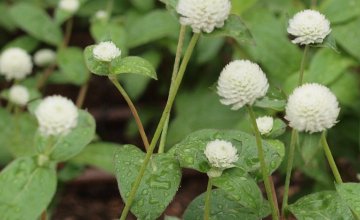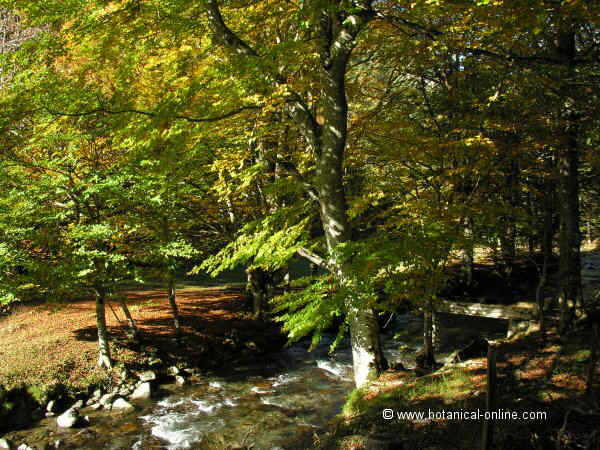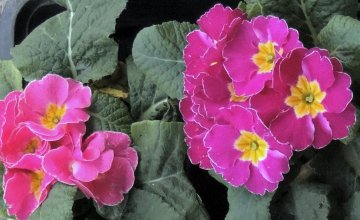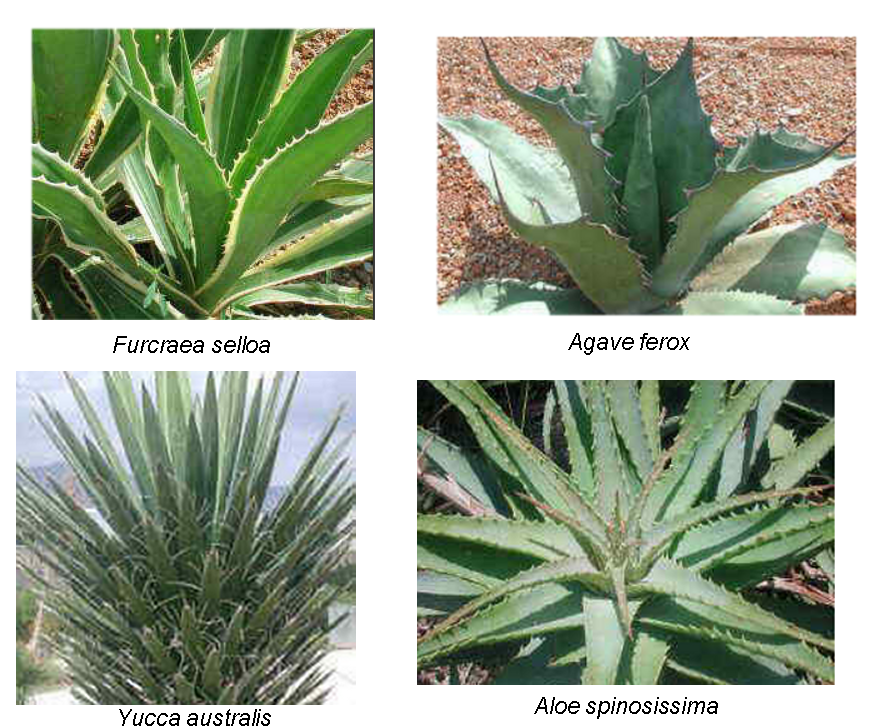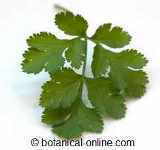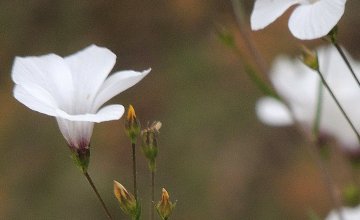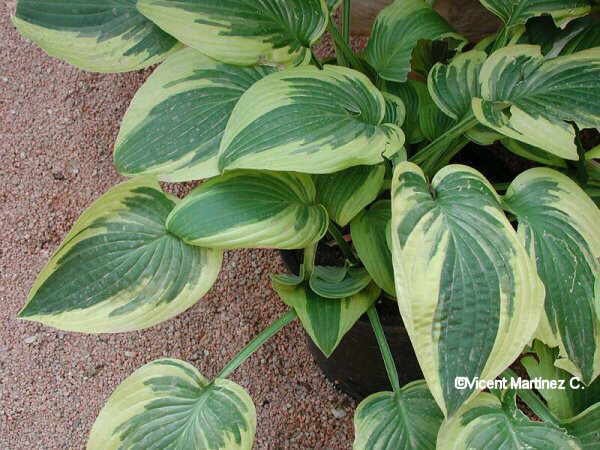Contents
Common linden characteristics (Tilia x Europaea)
What is a linden tree?
Common English name: linden, common linden, lime, common lime.
Common name in other languages:
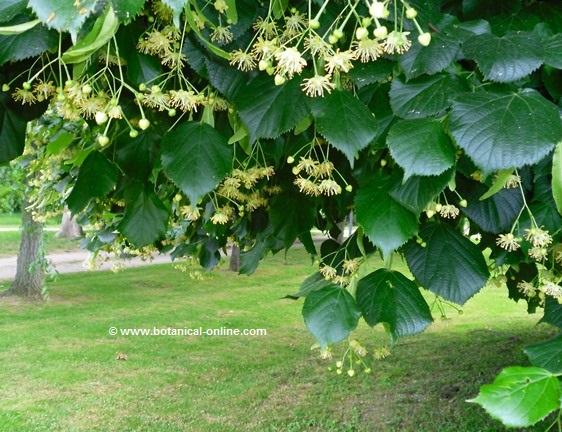
Leaves and flowers of common linden. The flowers are the part of this tree that are usually taken in infusion
Scientific name: Tilia x Europaea = Tilia officinarum Crantz = Tilia intermedia DC. = Tilia x vulgaris Haine.
It is a hybrid between the large-leaved linden (Tilia platyphyllos) and the small-leaved Lime (Tilia cordata).
*See: Common linden tree in other languages
Family: Tiliaceae.
Where to find common linden trees?
Used for parks and gardens because of its thick shade and fragrance and because of its flowers and leaves. Highly resistant to contamination, so it’s a very appropriate tree for the city.
It is also grown for its inflorescences, which have sedative medicinal properties.
Sometimes you can find wild in the countryside, where it can hybridize spontaneously.
Description of common linden
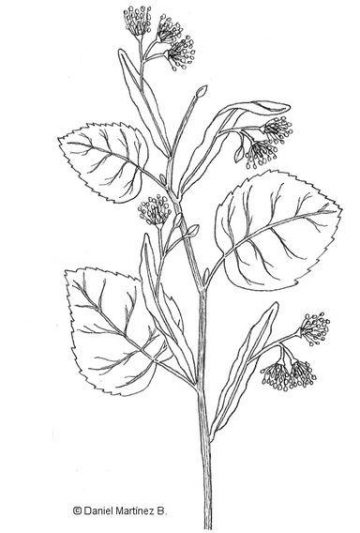
Drawing of linden tree, showing the leaves and the flowers
Deciduous tree of the Tiliaceae family up to 40 m high (usually no more than 30m).
Trunk with gray bark where numerous cracks or ridges appear as the specimen becomes larger. Usually with numerous bags or bumps.
Leaves alternate, ovate, with cordate base, up to 10cm. long, darker on the top and lighter on the underside, with toothed margin, sessile, glabrous except in the axils of the nerves in the underside where tufts of whitish hairs appear.
Hermaphroditic flowers composed of five petals and five sepals, yellow – whitish, in pendulous inflorescences, on long stems that radiate from the center of a bract very characteristic of this family.
Fruit in nut , ovoid to 8 mm in diameter. It flowers in June and July.
Common linden tree components
- Mucilage (flowers)
- Sugars: Sucrose (stems)
- Acids: ascorbic acid (leaves), caffeic acid, chlorogenic acid, p coumaric acid (flowers), oleic acid, linoleic acid, palmitic acid(stem).
- Alcohols: geraniol, terpineol, phenyl ethanol (flowers), beta amyrin (leaves)
- Terpenes: alpha pinene, linalool, nerol, nerolidol, terpineol (flowers), limonene (shoots), taraxerol (bark)
- Phytosterols: stigmasterol (stems), beta sitosterol (stems)
- Amino acids: cystine, cysteine, leucine, isoleucine, phenylalanine, serine (flowers), asparagine, glycine, glutamine (fruits), tyrosine, valine (fruits)
- Flavonoids: talus, hesperidin, isoquercitrin, campheritrine, quercetin (flowers)
- Tannins (bark)
- Saponins (flowers)
- Tocopherol (flowers)
- Eugenol (flowers)
- Xanthophyll (leaves)
![]() More information about common linden
More information about common linden

